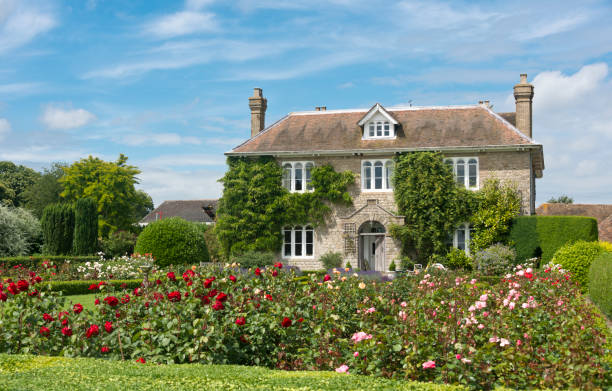Capturing Emotion: The Resurgence of Still Life Photography in the Digital Age
In the whirlwind of the digital revolution, the resurgence of still life photography is a breath of fresh air, demonstrating the enduring relevance of traditional art forms in contemporary culture. This article delves into the rebirth of this genre, its historical context, current developments, and its profound impact on the arts and entertainment industry.

Rediscovering the Roots of Still Life Photography
Still life photography, known for its meticulously arranged inanimate objects, has roots dating back to the early days of photography in the 19th century. It was originally used to showcase the material wealth and opulence of its subjects, often the affluent middle class. However, as the art form evolved, still life photography became a tool for artists to explore themes of mortality, time, and the mundane.
The Digital Age: A New Chapter for Still Life Photography
With the advent of digital technology, still life photography has experienced a modern renaissance. Leveraging the power of social media platforms like Instagram, artists are pushing the boundaries of the genre, simultaneously paying homage to its roots while exploring new artistic possibilities. The current wave of still life photography goes beyond mere object depiction, capturing emotions and stories, and inviting viewers to interpret the world through a different lens.
Impact and Reception of Modern Still Life Photography
The resurgence of still life photography is not just a nostalgic return to a bygone era, but a reaffirmation of the genre’s relevance in modern times. The genre’s revival is challenging the perception of photography as a mere moment-capturing tool, reinstating it as a legitimate and potent form of artistic expression. The reception has been overwhelmingly positive, with renewed interest and growing appreciation from both the art community and the general public.
Significance of Still Life Photography in Contemporary Culture
The rebirth of still life photography holds immense significance in contemporary culture. In an age overwhelmed by fleeting images and constant movement, still life photography offers a pause, an opportunity to contemplate and appreciate the beauty in stillness. It serves as a reminder that art is not always about grand gestures or dramatic scenes, but can be found in the most ordinary objects and everyday life.
The Future of Still Life Photography
As we continue to navigate the digital age, the future of still life photography looks promising. Artists are continuously experimenting and innovating, expanding the genre’s potential and appeal. While technology continues to evolve, the resurgence of traditional art forms like still life photography reaffirms that art’s essence lies in its ability to provoke thought and evoke emotion, irrespective of the medium.
In conclusion, the resurgence of still life photography in the digital age is a testament to the enduring power and relevance of traditional art forms. The genre’s revival is not only reshaping the arts and entertainment landscape but also offering a fresh perspective on the world around us, reminding us of the power of stillness in a constantly moving world.





